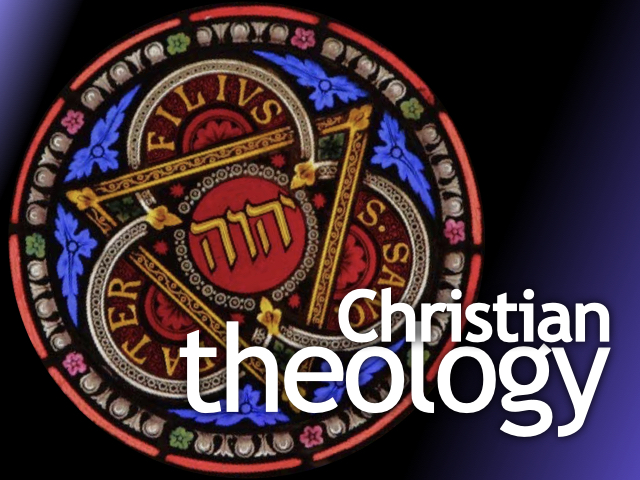
The Old Testament tends to focus on the history of Israel, by which it means the descendants of Jacob ben Isaac, whom a man—probably an angel—renamed Israel after their wrestling match. Ge 32.28 Jacob’s descendants are regularly called
בְּנֵ֣י
יִשְׂרָאֵ֔ל/benéi Yišraél,
“children of Israel” (KJV “sons of Israel”). Ex 1.1
Jacob had 12 sons through four different women, and all the “children of Israel” are descended from these sons. These sons are also known as “the 12 tribes of Israel,” each tribe named for each son. In English, the sons are
- Sons of Leah: Reuben, Simeon, Levi, Judah, Issachar, Zebulun. Ge 35.23
- Sons of Rachel: Joseph, Benjamin. Ge 35.24
- Sons of Bilhah: Dan, Naphtali. Ge 35.25
- Sons of Zilpah: Gad, Asher. Ge 35.26
They’re listed in various orders, but Reuben, the firstborn, tends to come first. However, Israel reassigned the birthright—the patriarchal obligations of the eldest son to care for the family after his father died, represented by a double portion of inheritance—to his favorite son, Rachel’s eldest son, Joseph.
Because of Joseph’s double portion, he’s represented by two tribes, named for Joseph’s sons Manasseh and Ephraim. They’re the tribes of Joseph. And you’ll notice Joseph is seldom called a tribe… unless you count that one time in Revelation, Rv 7.8 in which “Joseph” probably stands in for Ephraim, ’cause Manasseh got listed two verses before. Rv 7.6 Anyway. Manasseh is sometimes called a “half tribe,” Js 13.29 not because Manasseh is half of Joseph, but because half of Manasseh’s land was east of the Jordan river, and half west. And since Israel put Joseph’s younger son Ephraim first, Ge 48.17-20 precedence passed to that tribe. The Prophets regularly refer to northern Israel as “Ephraim” for this reason. Is 7.9, 11.13, Jr 31.20, Ho 5.3, 7.8, Zc 9.13
Twelve sons, but one of them is represented by two tribes, actually produces 13 tribes. Which I’ll list alphabetically:
- Asher.
- Benjamin.
- Dan.
- Ephraim.
- Gad.
- Issachar.
- Judah.
- Levi.
- Manasseh.
- Naphtali.
- Reuben.
- Simeon.
- Zebulun.
So why aren’t they called 13 tribes? Two reasons.
First and foremost: The writers of the bible, and probably God too, really like the number 12. The ancient Sumerians divided the year into 12 months, marked ’em with the zodiac (whatever constellation is highest in the sky at night), and throughout middle eastern culture 12 became the number of completeness, fulfillment, unity, and perfection. Thirteen? Not so much. Not that it’s unlucky; that superstition came from the Romans. But middle easterners liked 12 way better than 13 or 11.
Plus the LORD turned the entire tribe of Levi into a special priestly caste. He gave them “no inheritance”—that is, no land apart from 48 cities. Js 21 Instead of land, Moses explained, the LORD was their inheritance, Js 13.33 meaning whenever people brought food and animals to the LORD as offerings and ritual sacrifices, the Levites, in their capacity as the LORD’s priests, got to eat ’em. Dt 18.1 So they shouldn’t actually need any land for farming and ranching.
So geographically, there are only 12 tribes. Thirteen tracts of land (remember, Manasseh had land on either side of the river—yep, there’s a 13 again), designated for the 12 people-groups descended from Israel. The Levite cities were scattered all over these tribes, and really anybody could live in the cities, not just Levites. Particularly in the larger cities, like Hebron, Shechem, or Ramoth-Gilead.





